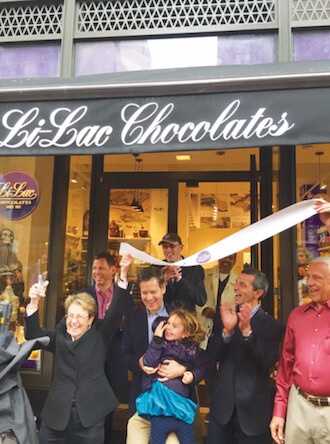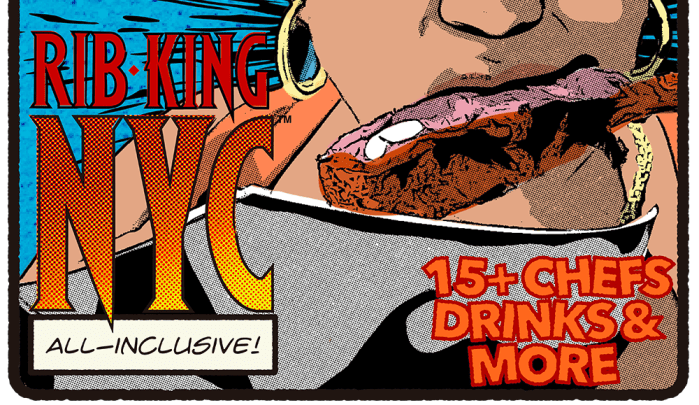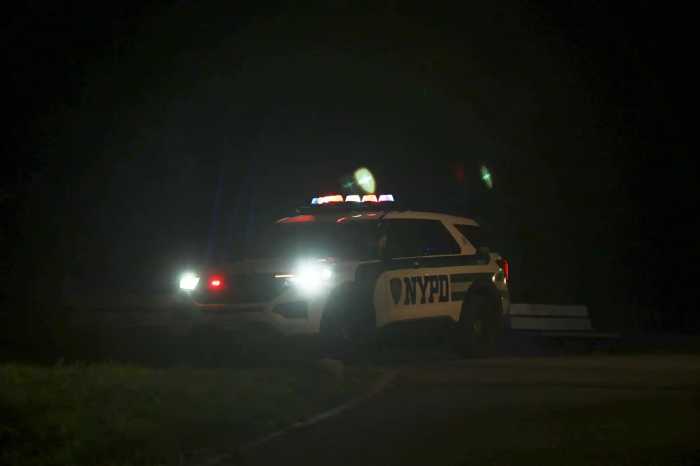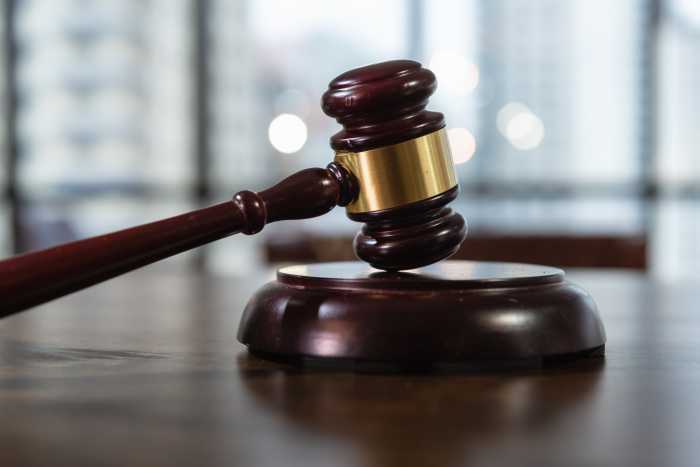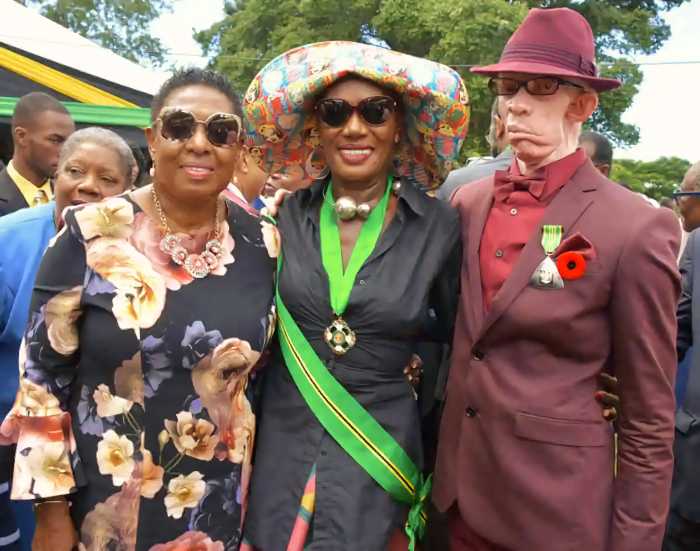A West Village church hopes to construct a 15-story residential building on the corner of Greenwich and Barrow Streets, in order to fund both an expansion to its private school and the construction of a new mission building that would provide 24/ 7 services to LGBT youth and, perhaps later, other underserved populations.
Whether key players in the community will support the LGBT youth initiative, however, is unclear.
The Church of St. Luke in the Fields — which owns the entire block bounded by Greenwich, Barrow, Hudson, and Christopher Streets — plans to grant a 99-year lease to Toll Brothers, a luxury developer, for management of a future residential tower at 100 Barrow Street, which would rise to about 153 feet, tall by that neighborhood’s standards. Representatives of the church and its associates are quick to note that the proposed 70,000-square-foot building is much smaller than what zoning allows.
Project reliant on revenue from new residential tower that stirs controversy, as does the drop-in plan
The building is also planned to be so-called “80/ 20” housing, in which the developer would receive a tax break for making 20 percent of the units affordable.
When explaining the plan for 100 Barrow Street, those behind the effort refer to it as the “economic engine” for the church’s goals both to expand the financially strapped St. Luke’s school — which borders the church within its self-owned lot — and to build the new mission center serving youth.
“People understandably think it would be ideal if we could do those things without any new development on the block,” said Reverend Caroline Stacey, rector of St. Luke’s. “But the truth of the matter is that we need that residential building in order to provide the necessary income stream for the school to have what it needs, and for us to build the mission space.”
But even as the church anticipates objections to the residential tower, some critics are questioning the goal of expanding the church’s LGBT youth services.
Following Community Board 2’s Landmarks and Public Aesthetics Committee meeting on January 14, where the church presented it project, Sean Sweeney, the committee’s co-chair, said, “St. Luke’s was saying this would help the community, but it’s a private school and a center for troubled youth, which the community has had many problems with along Christopher Street. The community found an irony in that part of their proposal. And how does it benefit the community to build a 15-story building that’s out of scale with the rest of the community?”
The church currently has a Saturday night meals program for LGBT youth and HIV-positive people that accommodates 80. But the program is outgrowing the space — which is why St. Luke’s wants to build a new mission center on the site of the school’s current playground at the corner of Hudson and Christopher Streets.
“It’s an incredible ministry,” Stacey said.
As for the timing of the mission’s construction, Stacey said the church can’t say exactly when, since it would depend on 100 Barrow Street being completed and the revenue from that.
“We don’t have the money to build it yet,” she said of the mission.
The mission would be “townhouse scale,” with a 24/ 7 drop-in center. Individuals would be able to get a change of clothes and take showers. It won’t be “a homeless shelter,” Stacey said, though the church is allowed under regulations to do an eight-to-10-bed facility.
In the future, the mission building could be “repurposed” to meet whatever the community’s needs may be — perhaps serving seniors, for example — Stacey pointed out.



